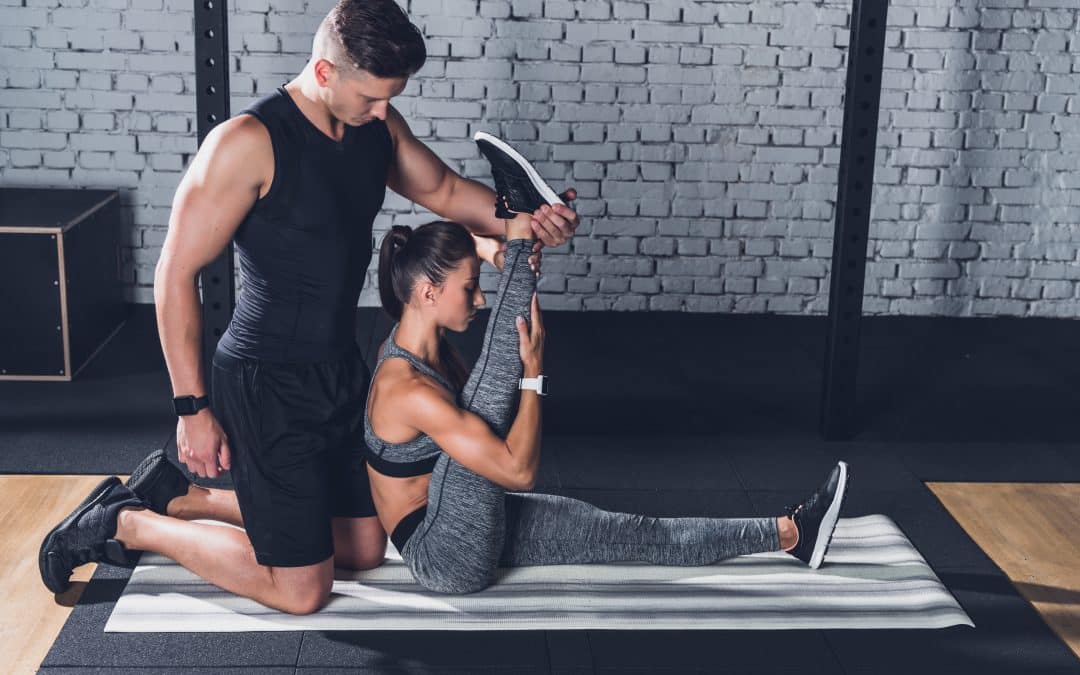Types Of Stretching
If you want to maximize the benefits of stretching, finding the right type and category of stretches is important.
Static Stretching: These are stretches that have no movement. Once you’re in the stretch, you stay there for the duration of the exercise. The muscle is stretched, under tension, and it’s opposing muscles are relaxed. Then you hold. Studies have shown the ideal time is 20-30 seconds for these kinds of stretches. This is a great choice for a beginner, as there is a low risk of injury.
Passive Stretching: This form is taking the above static stretching, but having a second person moving your body for you. Once the stretch is performed, the second person will attempt to further stretch the muscle. Since there is an external force at work, there is more risk with this type of stretching, and it should be done by a therapist. This type of stretching can be very helpful to reach greater ranges of motion.
Active Stretching: This type of stretch uses the strength of a muscle antagonist partner to get the stretch. By contracting the antagonist (opposing) muscle, the target muscle will relax. This is a great rehab tool, and helps with conditioning as well, as there is an active component. This can be very difficult, and aiming to hold for 10-15 seconds is sufficient.
PNF (Proprioceptive Neuromuscular Facilitation): This type of stretching integrates a contract/relax of the target muscle technique. There are many subtypes of this stretching, and your therapist will have one they prefer and find effective. How it works is putting the target muscle in a stretched position, then contracting against a second person. This is done for a few seconds, then you relax and can be taken into a deeper stretch. This is usually done for a few rounds.
Isometric Stretching: Similar to PNF, but with longer holds. This type of stretch puts a high demand on the target muscle. This is done by getting into a passive stretch, contract the target/stretched muscle without moving, then relaxing and repeating.
Dynamic Stretches: These stretches are performed with movement.
Ballistic Stretching: This is a form of stretching that is rarely taught anymore. It uses momentum that is generated by swinging, bouncing or rebounding to force a body part past normal range. It’s risky because it’s not controlled. Best to avoid this kind of stretching in favour of the other options discussed here.
Dynamic Stretching: This is the safer form of ballistic stretches. Using a controlled swing through a range of motion to slowly increased the range of motion. This is slow, gentle and done with purpose.
Active Isolated Stretching: This is also known as the Mattes Method, after the creator Arron L. Mattes. This type of stretching is done by actively contracting the opposing muscle groups to the target muscle, then moving through a stretch. This is more useful for athletes, as it is more complicated
Resistance Stretching and Loaded Stretching: These types of stretching integrate length and contraction. Strength is just as much a by-product of this type of stretching as flexibility is. It is done by contracting a muscle and stretching it through its range of motion at the same time. Again, this is a high demand stretch, so more focused on athletes or other well-conditioned people.
